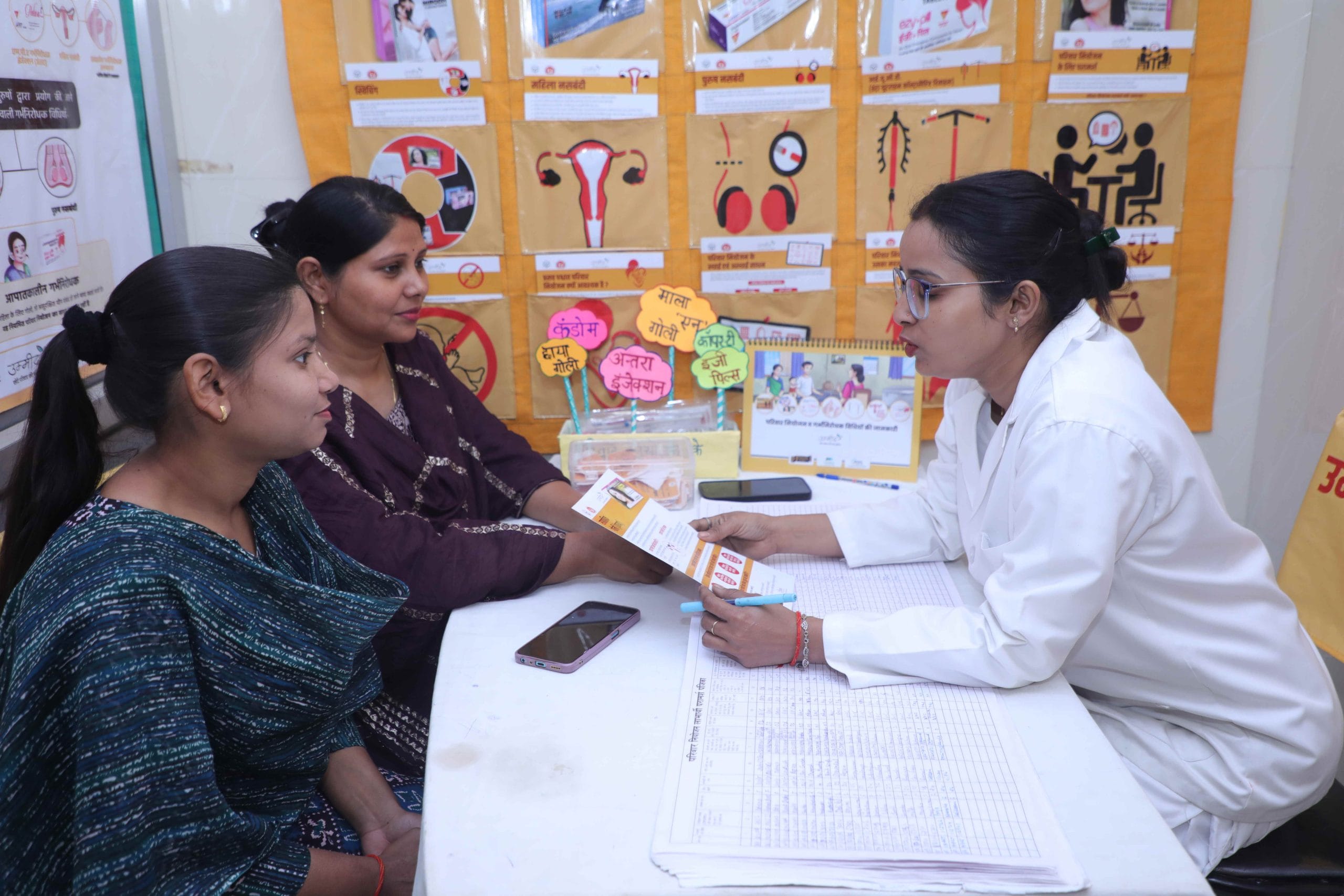My paternal grandmother had eight children, although one daughter died as a child. My maternal grandmother had eight children too (one of hers died too). This is a common story in India.
The ever-rising population of our country is directly correlated to the ever-rising poverty. Many families in rural India assume that more children mean more hands to work, overlooking the fact that there are more mouths to feed too. And in such a situation, where a woman has no clue about methods of contraception, the high maternal mortality rate and poor health conditions of women in reproductive age groups showcase a gruesome reality.
The quality of medical services leaves much to be desired as well, as evident from the tragedy in Chhattisgarh where several women lost their lives during a botched sterilization procedure. While one discusses the gruesome lapse on the part of the administration, system and policy, it becomes imperative to discuss how maternal health has not been a priority till date in India. Few girls are encouraged to go to the doctor or consult a local health worker for even serious illnesses. When a girl grows up, her husband is handed control over her body and he can use it as he pleases. He decides whether to use protection. With constant pregnancies and societal pressure to deliver a son, a woman’s body undergoes extreme stress for months and years. Antenatal care is a rarity and her lack of awareness about nutrition and contraception (even natural methods) disempower her even further.
“When a girl grows up, her husband is handed control over her body and he can use it as he pleases. He decides whether or not to use protection.”
This health burden, poor health systems and patriarchal mindsets combine to cause what we call poor maternal health and maternal mortality rate. We have the world’s highest number of maternal deaths and are highly unlikely to achieve our Millennium Development Goal by the end of this year. And to top this, when the government develops methods such as incentives for getting sterilized, the woman usually ends up undergoing the procedure instead of the husband since there’s a belief that sterilization affects physical strength.
“During my trips to villages, I often met young women with multiple children and deteriorating health. Some common themes emerge.”
Illiteracy and lack of education
Poor growth in quality education over the past many decades impacts maternal health and care. It is a known fact that an educated and empowered woman is less likely to have multiple unwanted pregnancies. With educated husbands and families, the likelihood for her to deliver a child in an institution increases and with it increases the possibility of her having antenatal care. I would also like to use the term ‘education’ to apply to education about sex and family planning at the school level, an area where we lag behind significantly.

During a field visit in a village in Haryana. Image Credit: Suchi Gaur
Failure of the health system
The Chhattisgarh case is a dramatic example of the failure of the medical system to deliver quality services. In one of my visits to a village in north India, women told me that the reason they preferred delivery in homes instead of government hospitals was that their homes were more hygienic than the medical facilities they had access to. Such anecdotes throw light on the complete lack of safe infrastructure and the failure of government schemes to provide services, transfer knowledge and change behaviors.
“The government needs to move beyond an incentive-based model and work towards social change instead.”
While organisations like the United Nations and many international donor agencies emphasise the importance of a regulated, well-monitored health care structure, we need to take notice. While our rural ASHA and ANM workers and their incentive-based schemes are making a positive difference, they do at many levels lack an emphasis on behaviour change.
Lack of behaviour change communication and health economics
The above lack of health services has clear linkages to communication strategies that are utilised to help families change their attitudes and practices towards maternal health. While we do have some brilliant examples of health activists and organisations who as communication specialists are trying to radicalise our approach, the government needs to move beyond an incentive-based model and work towards social change instead. Increasing expenditure on maternal health will lead to healthier women who can then contribute more significantly to enhancing the economy of the country.
Poor status of women
Violence against women is rampant in the country and marital rape is not even seen as a crime. As a country where a large proportion of women are marginalised, the link to maternal health is evident. Seen as a women’s issue, maternal health remains the domain of the Women and Child Development Ministry. In fact, many other ministries need to get on board and see the relevance of the issue. Women in India die more because of neglect than poor health services.
While patriarchy, religion and casteism have strong linkages to a woman suffering, the fact that women still don’t realize the brevity of the situation is a point worth worrying upon. A mix of the above, we have numerous other detailed pointers to link upon. Until a realization and positive steps are made in this direction, incidents like Chhattisgarh will keep on making negative impact on the country. What do we do? Bring out the good cases and let them motivate the larger lot! Poverty aside (though not possible), we need some serious shift of focus on the women of the country.
Featured Image Credit: Suchi Gaur. From a field visit in a village in Gujarat.
About the author(s)
Dr. Suchi Gaur works at the intersection of gender, health and technology at the grassroots level, bridging the gaps of access and delivery for the marginalized, creating impact at the policy as well as the ground level.



